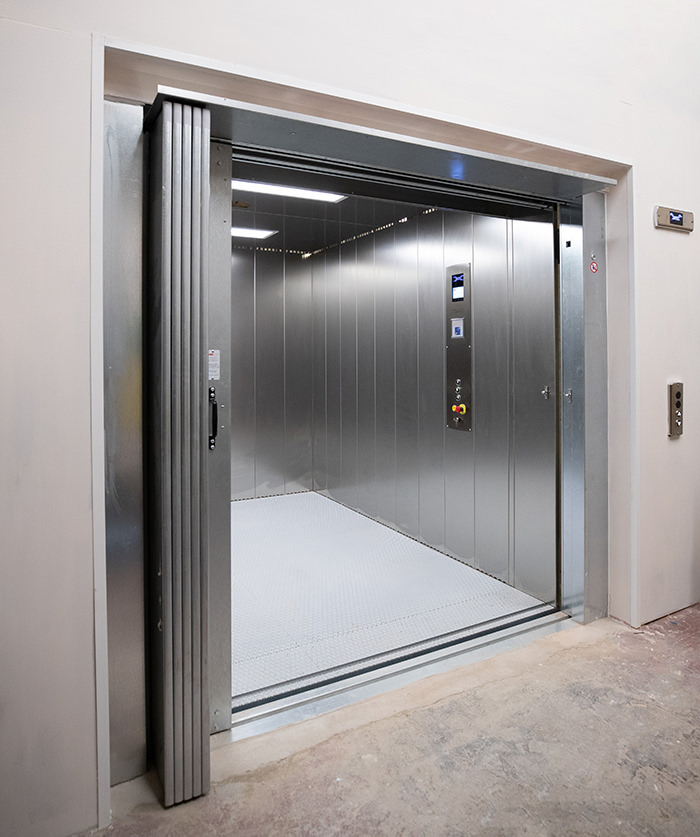Leading Lift Companies in London: Supplying Exceptional Service and Support
Leading Lift Companies in London: Supplying Exceptional Service and Support
Blog Article
Unwinding the Intricacies of Lift Modern Technology: Troubleshooting Common Problems Across Lift Designs
In the realm of lift modern technology, a myriad of ins and outs often lie underneath the surface area of what shows up to be an uncomplicated mechanism. From slow operation issues to strange noises emanating from the equipment, troubleshooting usual problems across numerous lift models requires a keen eye for detail and a methodical approach - repair and maintenance services. As we embark on this journey to unravel the intricacies that can plague these crucial devices, a deeper understanding of the inner functions and possible challenges of lift modern technology is crucial. Keep tuned as we browse through the labyrinth of lift malfunctions, seeking services to the enigmatic problems that can interrupt the smooth performance of these indispensable apparatuses.
Recognizing Slow Operation Issues

Next, inspect the electrical links to make certain that all components are correctly attached and operating. Damaged electrical wiring or loose links can cause slow down procedure or full breakdown of the lift system. In addition, it is necessary to examine the control system to figure out if the issue lies in the programs or sensing units.
If the visual assessment and electrical checks do not expose the origin of the sluggish operation, additional diagnostic tests may be needed. These might include pressure tests for hydraulic systems, voltage examinations for electric elements, or running analysis software application for the control system. repair and maintenance services. By complying with an organized strategy to troubleshooting slow-moving procedure problems, you can effectively resolve the trouble and identify, guaranteeing the lift runs safely and effectively
Attending To Odd Noises
To effectively repair lift modern technology for unusual sounds, a detailed exam of the lift components complying with the identification of sluggish procedure concerns is critical. Strange sounds in lifts can be a sign of underlying troubles that require prompt interest to make certain the safety and dependability of the system. Common sources of strange sounds in lifts include worn-out or misaligned wheels, damaged motor bearings, loosened or busted suspension ropes, and malfunctioning control systems. When attending to unusual noises, it is vital to perform a systematic assessment of these parts to identify the specific source of the sound precisely. This may entail looking for any type of visible indicators of damage, testing the capability of electric motor bearings, tightening up loosened links, and lubricating relocating components as needed.
In addition, it is vital to describe the lift supplier's upkeep guidelines and seek support from qualified specialists when managing complicated lift components or unfamiliar troubleshooting procedures. By without delay solving and resolving strange noises underlying concerns, lift operators can make sure the optimal performance and safety of the lift system for travelers and operators.
Handling Faulty Control Issues
An efficient strategy for attending to faulty control troubles in lift technology involves carrying out an extensive evaluation of the control system's parts and capability. When running into issues with lift controls, it is essential to first check for any kind of loose links, damaged circuitry, or malfunctioning sensors. Verifying that all control buttons, keypads, and displays are operating correctly Click Here is additionally crucial in detecting the issue properly.
If no noticeable concerns appear, specialists must continue to check the control panel for any kind of indicators of water rust, damage, or overheating, as these can frequently result in regulate breakdowns. Furthermore, resetting the control system or upgrading the software may aid solve particular glitches or insects triggering the issue.

Tackling Hydraulic System Malfunctions
The performance of hydraulic systems in lifts counts greatly on the appropriate performance of different elements within the system. When hydraulic systems breakdown in lifts, it can lead to functional disruptions and safety and security worries.
Additionally, abnormalities in hydraulic fluid levels or uncommon noises during lift operation may suggest underlying system malfunctions that require immediate attention to avoid further damage. Regular upkeep and prompt troubleshooting of hydraulic system issues are critical to making sure the reliable and secure procedure of lift innovation.
Dealing With Electrical Component Failings
Dealing with electric part failings in lift modern technology demands a methodical strategy to detecting and settling issues to preserve operational performance and safety and security criteria. When encountering electric problems in lift systems, it is crucial to very first perform a thorough examination of the electrical elements, consisting of control board, electrical wiring, sensing units, and circuit card. Any kind of signs of damage, rust, loose links, or burned components must be very carefully noted and resolved immediately to stop reference more complications.
In the instance of electric element failings, it is necessary to adhere to maker guidelines for repairing and fixing procedures. This might include testing the parts utilizing multimeters, oscilloscopes, or other analysis devices to pinpoint the specific resource of the malfunction. In addition, having an extensive understanding of the lift's electric schematics and wiring diagrams can assist in determining and fixing concerns successfully.
Regular maintenance and examination timetables can help protect against electric failures by finding prospective problems click to read early on. Correct training for lift technicians on electrical systems and elements is additionally essential to make sure precise diagnosis and effective resolution of electrical problems, eventually contributing to the overall safety and security and dependability of lift operations.
Final Thought
In final thought, repairing lift modern technology needs an organized method to recognize and address common problems such as slow procedure, strange sounds, defective controls, hydraulic system malfunctions, and electrical element failings. By understanding the complexities of lift innovation and complying with proper repairing steps, technicians can successfully resolve issues and make sure the secure and effective operation of lifts across numerous models.
To successfully repair lift modern technology for strange sounds, a comprehensive evaluation of the lift elements adhering to the identification of sluggish procedure concerns is critical. Strange sounds in lifts can be indicative of underlying problems that need punctual interest to guarantee the safety and security and integrity of the system.A reliable method for resolving defective control troubles in lift modern technology entails performing a detailed evaluation of the control system's components and functionality.The efficiency of hydraulic systems in lifts relies greatly on the appropriate performance of numerous elements within the system. repair and maintenance services. When coming across electric troubles in lift systems, it is essential to very first conduct a detailed inspection of the electrical parts, including control panels, electrical wiring, sensing units, and circuit boards
Report this page